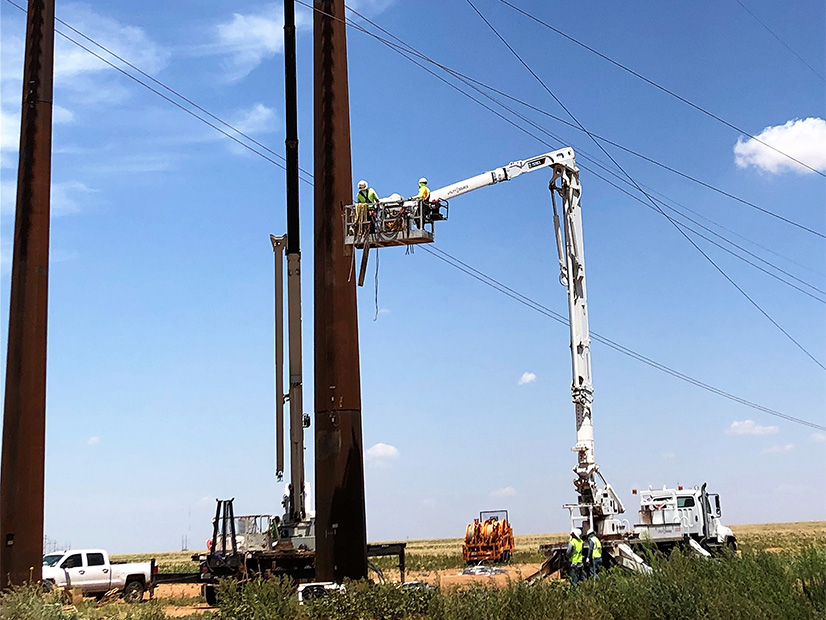Pro-competition Group Plans to Sue if FERC Reinstates Federal ROFR
Apr 8, 2024
|
FERC has yet to issue a final rule on transmission planning, but supporters of competition for transmission development have said they will appeal it to court if it reimposes a federal right of first refusal.

